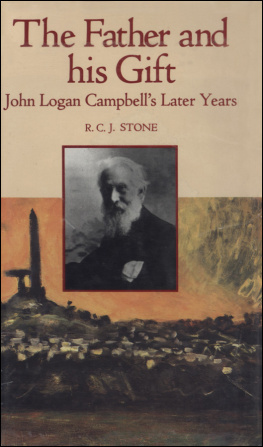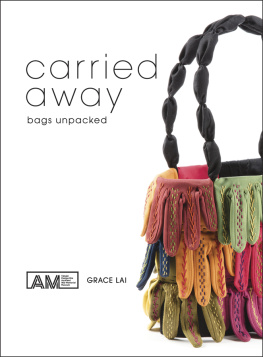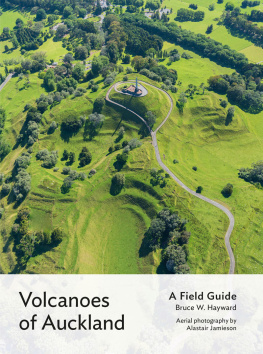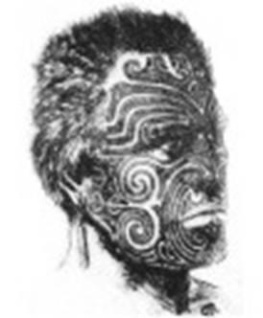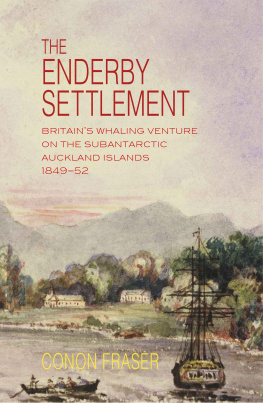FOR MY PARENTS
Herewhere the social disabilities, the exclusive caste, the overstrained competition, and the stereotyped conventionalism of the Old World have not yet taken rootthere is a clear field for men of talent, skill and energy to climb the social ladder, and to attain to a degree of wealth and social elevation that is possible only to the favoured few in older countries. Sallust says Fabrum esse suae quemque fortunaeeveryone is the artificer of his own fortune. In the colonies, however, the architect finds an abundance of material ready to his hand.
Observer, 21 January 1882
Acknowlegements
I wish to record my thanks for help from many quarters. Over many years I have received assistance from the staffs of the following research institutions: the Auckland Public Library, the Auckland Institute Library, the General Assembly Library, the National Archives of Wellington, and the National Archives Record Centre of Auckland. Some people I must mention by name, however, and so I single out Miss Patricia French, Miss Edna Fletcher, Miss Enid A. Evans, Miss Christina Troup, Mr John Pascoe, and Mr J. O. Wilson. The following banks gave generous assistance: the National Bank of New Zealand, the Bank of New Zealand, the Bank of New South Wales, and the Australia and New Zealand Bank. I recall particularly the help of Miss Patricia Quinn, Archivist of the Bank of New South Wales. Dalgety New Zealand Limited both in Wellington and London freely gave me access to the surviving records of the New Zealand Loan and Mercantile Agency Company Limited, the London office providing me with a room for my private use for some three months in 1970 while I scrutinized material.
For permission to use private papers I wish to thank: the trustees of the Sir John Logan Campbell Residuary Estate, Mr John Main and Mrs D. Pemberton of Tirau, the Dilworth Trust Board, and Mr D. C. OHalloran of Auckland.
I recall with gratitude the many occasions Mr John Stacpoole has helped me on points of detail. Above all I acknowledge my debt to Professor Keith Sinclair who supervised the doctoral thesis out of which this book grew, and continued thereafter to encourage me in my present line of research.
I acknowledge generous financial assistance received from the University Grants Committee since 1964, and the grant by the University of Auckland of sabbatical leave with financial assistance during 1970 which enabled me to look at material in England and Scotland.
The University of Auckland | R. C. J. S TONE |
Illustrations
Plate
1. The commercial centre of Auckland 1844: Shortland Street and the foreshore (Auckland Public Library photograph).
2. A Waikato group of the 1860s: J. C. Firth (second from left, back row) sitting beside Wiremu Tamihana (Auckland Institute and Museum Library photograph).
3. Upper Thomas Morrin, James McCosh Clark; Lower Joseph Liston Wilson, Robert Graham. Unsigned cartoons from the Observer, Auckland (Auckland Public Library photograph, Clark; Alexander Turnbull Library photographs, others).
4. Upper An Onehunga sawmill 1882. Lower A group of miners near the Union Beach Mine, Coromandel, in the 1880s (Auckland Public Library photographs).
5. Auckland, looking eastwards from near the corner of Hobson Street and Wellesley Street, 1884 (Auckland Public Library photograph).
6. Looking up Queen Street in the 1880s (Auckland Public Library photograph).
7. Sargood Ewen & Companys Victoria Street warehouse erected in the building boom of the early 1880s. Sketch from the New Zealand Jubilee and Exhibition Chronicle, 1890 (Auckland Public Library photograph).
8. A land agent advertises an auction for Remuera land in 1885. Auckland Evening Star, 23 February 1885 (Auckland Public Library photograph).
9. Upper Thomas Russell (New Zealand Insurance Company photograph); Frederick Whitaker, cartoon from the Observer, Auckland, 28 January 1882 (Alexander Turnbull Library photograph). Lower John Logan Campbell, sketch from the New Zealand Herald, 1885 (Auckland Institute and Museum Library); Josiah Clifton Firth (Auckland Institute and Museum Library photograph).
10. The Miller Holds The Fort. Cartoon in the Observer and Free Lance, 18 May 1889 (Alexander Turnbull Library photograph).
11. Campbells residence, Kilbryde, on Parnell Point, in 1885 (Auckland Public Library photograph).
12. Brown Campbell & Companys Domain Brewery, Newmarket, 1890 (Auckland Public Library photograph).
FIGURES IN THE TEXT
Figure
1. Province of Auckland locality map 1884.
2. Auckland provincial exports 1867-82.
3. Locality map of City of Auckland and Tamaki Isthmus.
4. Timber exports from Auckland Province 1880-91.
5. Location of bush areas acquired by Kauri Timber Company 1888, as shown in Company prospectus.
6. The great estates of the Waikato and Thames Valleys 1882.
The figures have all been drawn by Mr D. Branch.


